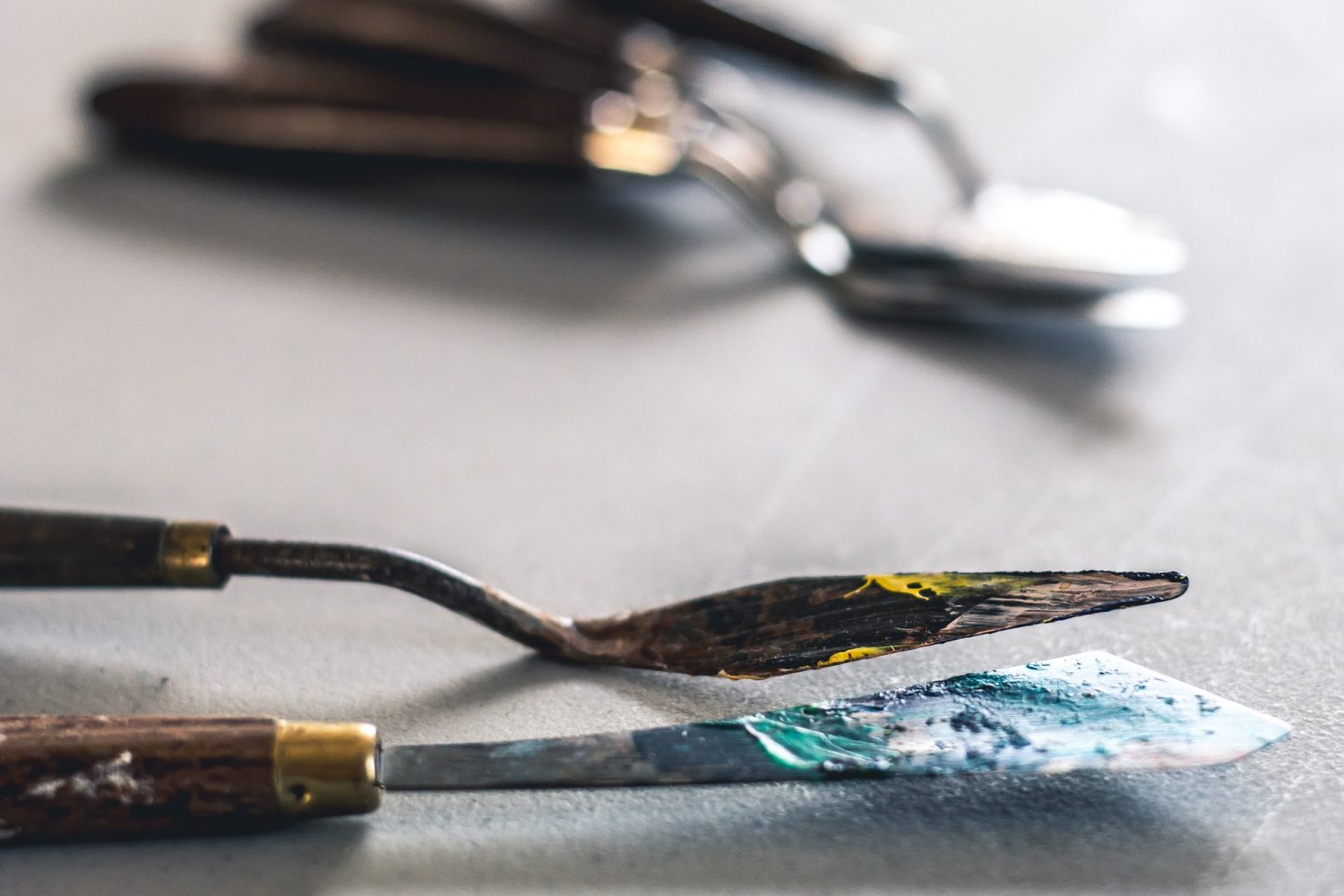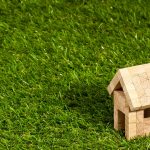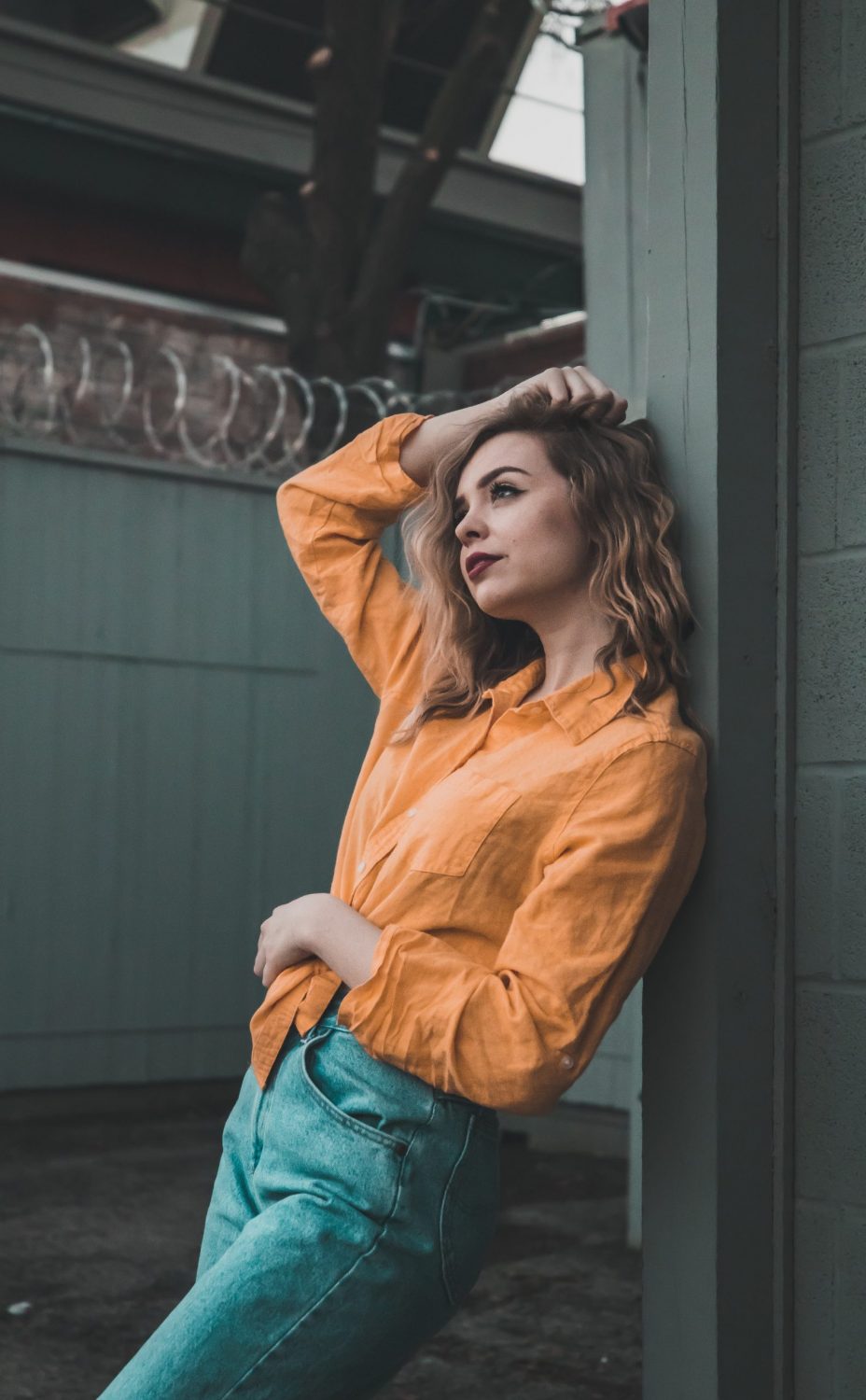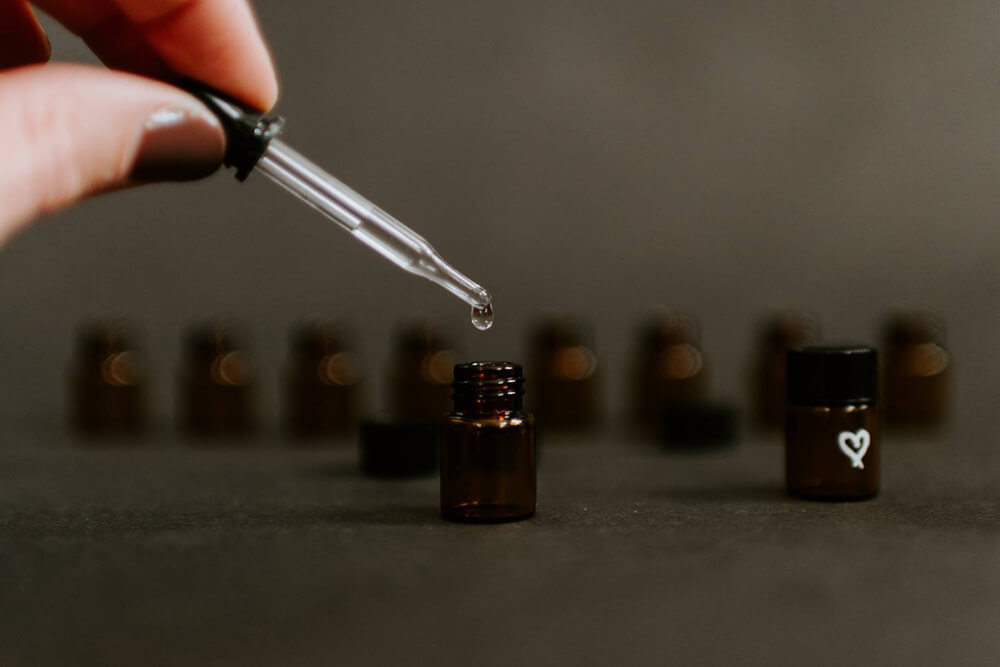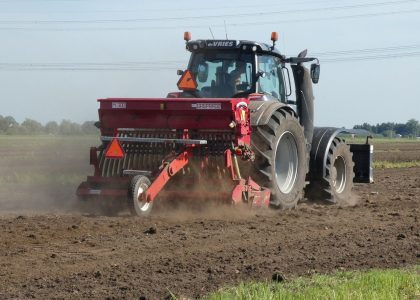Is gypsum plaster good for all types of walls? Smooth and even walls please the eye for a long time, they can be beautifully painted or finished with wallpaper. What is wall filling? What products should I use? Can I always use gypsum plaster?
What is wall filling?
Gypsum finish coats and putty compounds are used to smooth walls (putty) . However, to obtain even and smooth walls, they must first be properly prepared, which is why it is so important to primer the walls . After the primer is dry, the next step is to apply 1-2 layers of finish coat so that the wall surface is free of any unevenness – hence sanding finishes after drying. There are also dust-free putty compounds, which, after proper stretching, should be applied to the wall and then smoothed with a trowel. A single application of such dust-free putty on the newly laid plasters costs PLN 22-26 / m². If the dust-free plaster is to be applied on old, curved walls that require repair, the price increases to PLN 50 / m² – it all depends on the condition of the wall.
Tiled walls are an ideal substrate not only for paints, but above all for wallpapers (especially metallic ones where you can see every unevenness). Wall paints are much more effective on plastered walls.
- https://www.victorinox.warszawa.pl/domy-szkieletowe-czym-jest-paroizolacja
- http://www.szkolypolskie.pl/chirurgia-plastyczna/
- https://www.mce.edu.pl/pomysl-na-wyjatkowa-rocznice-masaz-dla-dwojga/
Putty which will be the best?
Currently, there are many different types of plaster for plastering walls on the market:
- gypsum coats – dust-free ones that do not require sanding are the best. Unfortunately, the dust-free gypsum finish binds much slower. The disadvantage of gypsum finish coats is their low resistance to scratching and moisture;
- cement or cement-lime – they are always wet finished without any sanding. Unfortunately, this type of putty does not give perfectly smooth walls as gypsum plaster, but it is much more resistant to damage and moisture.
- lime – can be applied on plasters after 7-10 days. They have antiseptic properties
- polymer – most resistant to all mechanical damage, especially recommended for plasterboard.
Smooth and putty are the same?
In many DIY stores you can find a lot of different products with “plaster” or “putty” in their name. Despite the different names at first glance, it is a very similar product in terms of usability and the results obtained.
It is assumed that the plaster is a type of thin-layer plaster intended only to finish the entire wall surface. On the other hand, putties are used not only to repair small irregularities and voids on walls and ceilings, but also to finish all surfaces. Putty compounds have a much greater use than plaster .
It should be remembered that in order for the plaster finish effect to be visible, the walls must first be leveled. Fill holes or cracks with putty.
Priming walls prior to plastering
It is very important to prime the substrate before filling . Thanks to the priming of the walls, the adhesion of the plaster is increased. However, the primer should be selected for the type of wall and the type of putty. After applying the primer, wait at least 12 hours before applying the finish.
How to prepare the mass for putty?
Polymer mass is one of the easiest to putty, you only need to mix it before applying it to the wall. Another situation is when filling the wall with a dry mixture mixed with water. However, you should always stick to the proportions given by the manufacturer. Dry mix should be poured into clean water (never the other way around), such a mix is made with a slow-speed mixer on a drill. The ready mass to be applied on the wall should not have any lumps or thickenings .
How to apply finish coat?
The plaster is applied to the walls in 1 or 2 layers, but the layers must be thin, max 5 mm. The finished homogeneous mass should be applied in small portions with a metal trowel. Some gypsum finish coats without sanding should be applied with a metal trowel, then evened with a sponge trowel, to finally even out with a long feather.
Finish not always needed?
In some cases, finishing works can be done without plaster without any problems. If the plaster painted with paint is attractive, it does not need to be covered with e.g. gypsum plaster. There is no need to use plaster in places where the wall will be finished with ceramic tiles, wainscot or wall panels.
You can find plasters on the market which, when carefully applied to the wall, will be so smooth that it is not necessary to apply additional plaster on the wall. The finish coat is not applied at all to clay plasters, which are appreciated for their raw and rustic appearance.
Be careful with the gypsum plaster?
The gypsum plaster should not be used in rooms with air humidity exceeding 70%. However, it is suitable for kitchens and bathrooms if these rooms are very well ventilated. Gypsum corrodes steel, therefore, for example, nails or dowels that come into contact with gypsum should be galvanized or otherwise protected against rust.
Gypsum plaster is a very popular solution that is used in many homes.

